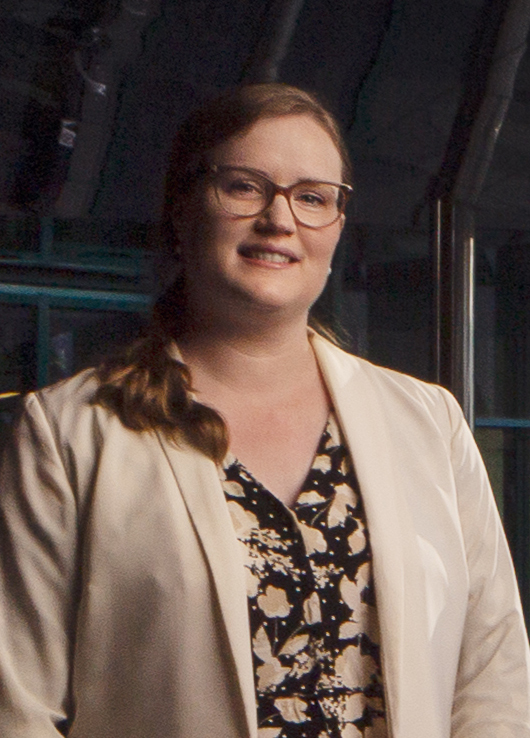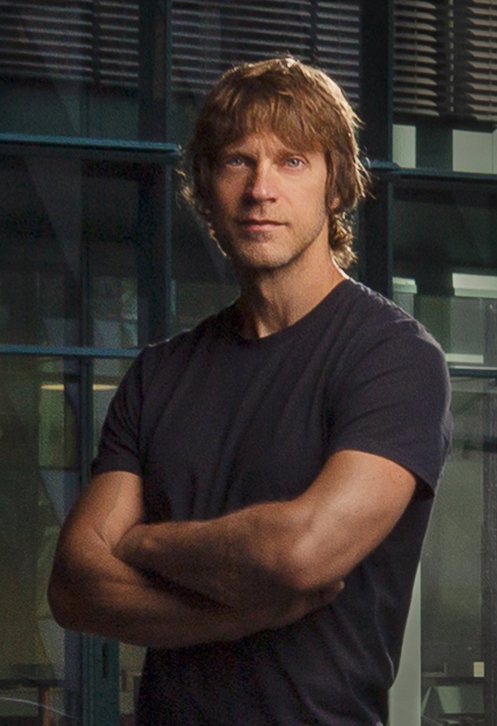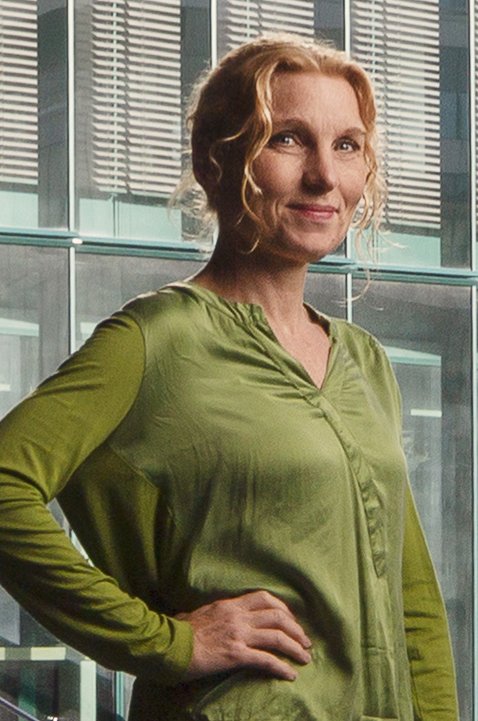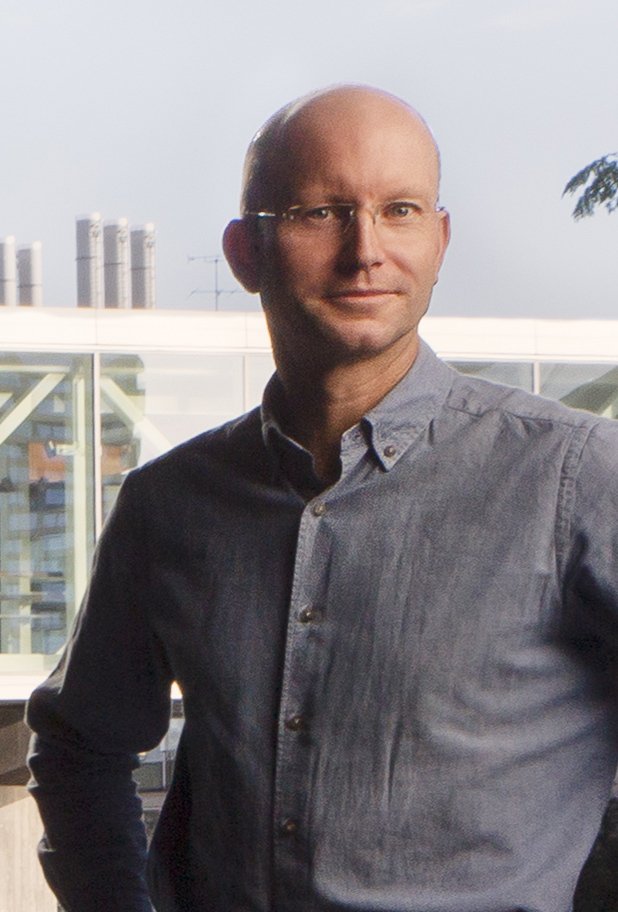The year of the epidemiologist
The COVID-19 pandemic has placed epidemiologists in the spotlight, but did you know there are different kinds? Meet some of Karolinska Institutet's many epidemiologists and learn about their research.

Text: Cecilia Odlind, first published in the magazine Medicinsk Vetenskap no 3/2020.
Photo: Martin Stenmark.
How can we reduce the risk?

A question for the medical epidemiologist.
The focus here is often on how ill health or specific diseases arise in the population; for example, cancer epidemiologists study risk and health factors linked to carcinogenesis, while genetic epidemiologists study our genome in search of genes that increase the risk of certain diseases.
Example: Karin Sundström, a researcher at the Department of Laboratory Medicine: “I conduct research into the human papillomavirus (HPV), which can cause a number of cancers in both women and men, including cervical cancer. We study how best to combine vaccination programmes with screening programmes to eventually eliminate all HPV-related cancers.”
How do we go about it?

A question for the method oriented epidemiologist.
Epidemiology is a toolbox that can be applied to many different tasks, but someone needs to develop the tools themselves. Working somewhat in the shadow of applied epidemiologists, in the hinterland between epidemiology and biostatistics, the methodological epidemiologist seeks to improve analytical methods and the ability to draw safe conclusions.
Example: Arvid Sjölander, researcher at the Department of Medical Epidemiology and Biostatistics: “My research deals with developing improved statistical methods and study designs. One common denominator for the methods I work with is that they are intended to study causality between risk factors and diseases.”
Is it contagious?

A question for the ‘classic’ infectious disease epidemiologist.
This is what most of us associate with epidemiology and is indeed the origin of the word epidemic itself, which derives from the Greek epidēmia, literally: among the people: the study of the spread and incidence of infectious diseases, their communicability, which population groups are most at risk and what behaviour presents the greatest risk, as well as how to prevent, treat or control the infection.
Example: Anna Mia Ekström, professor at the Department of Global Public Health: “I study different infectious diseases often related to sexual and reproductive health, primarily in low-income countries; for example on how we can reduce the risk of HIV infection among young women. Right now I am concerned about how covid-19 lockdowns have affected access to testing, prevention and drugs to treat other infectious diseases such as HIV, malaria and tuberculosis, and also increased the risk of sexual abuse, unwanted pregnancies and unsafe abortions.”
Which treatment is best?

A question for the clinical epidemiologist.
In clinical research, the epidemiological toolbox is used to identify and study the factors determining the prognosis for a disease and to understand how various treatments stack up against one another.
Example: Johan Askling, professor at the Department of Medicine in Solna: “I study chronic inflammatory diseases of the joints, such as rheumatoid arthritis, and attempt to identify subgroups of patients that differ from one another in terms of disease progression, as well as the effects and side-effects of new therapies. This is where epidemiology becomes a complement to immunology and genetics. The very best research is done when several scientific fields collaborate.”
More reading
 Photo: pixabay cc0
Photo: pixabay cc0Spotlight on COVID-19
Find selected news and features about Karolinska Institutet's research on the new coronavirus and the COVID-19 pandemic.
